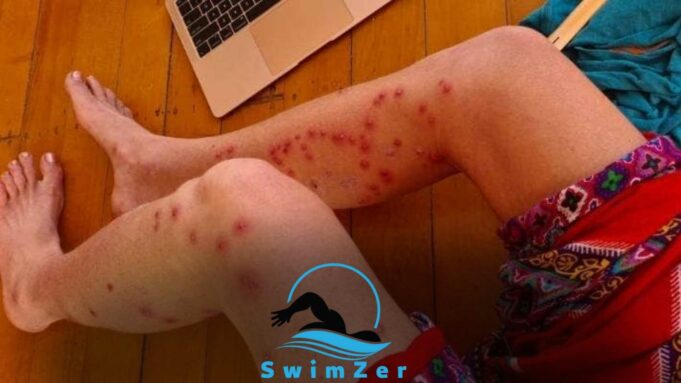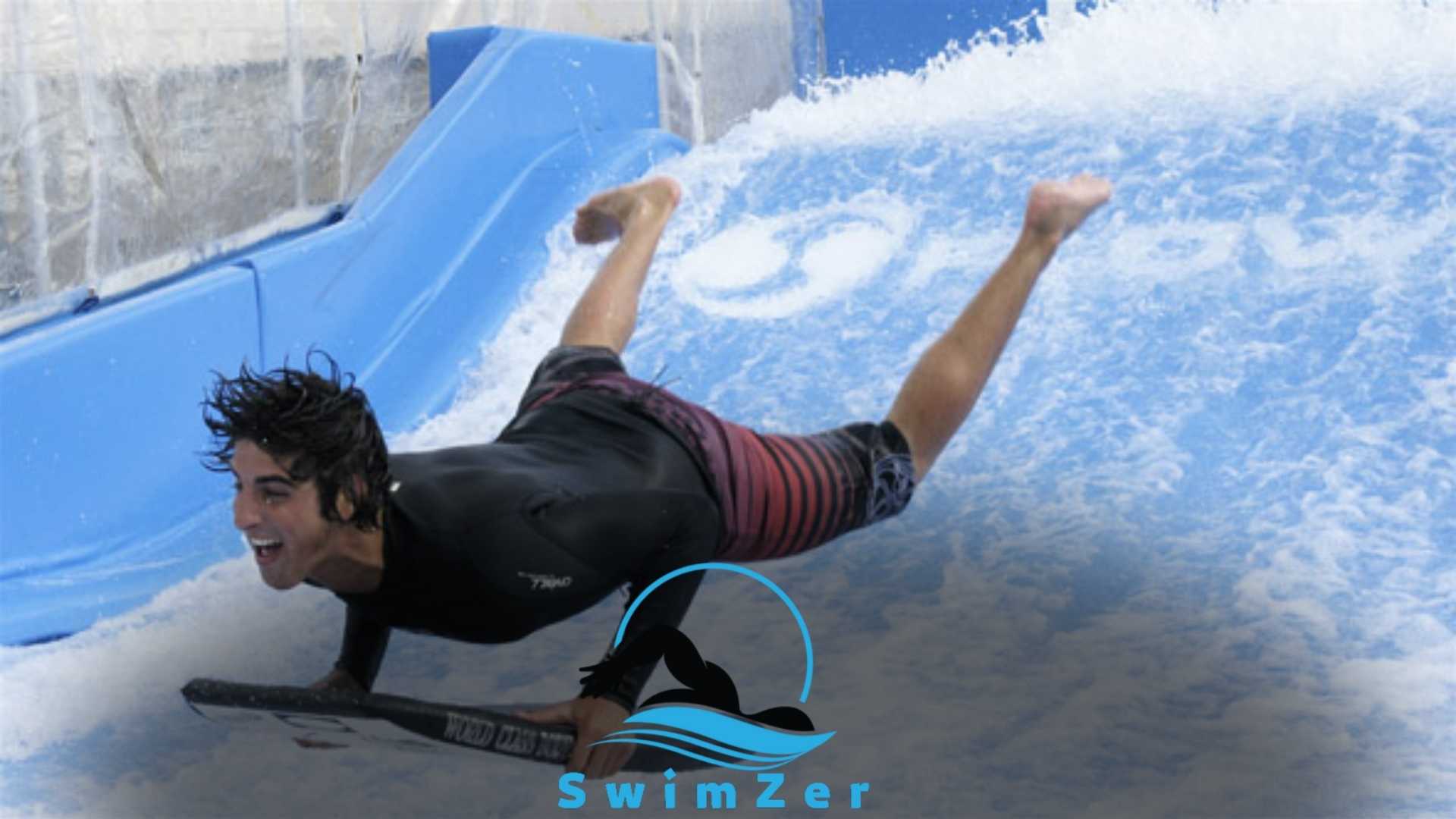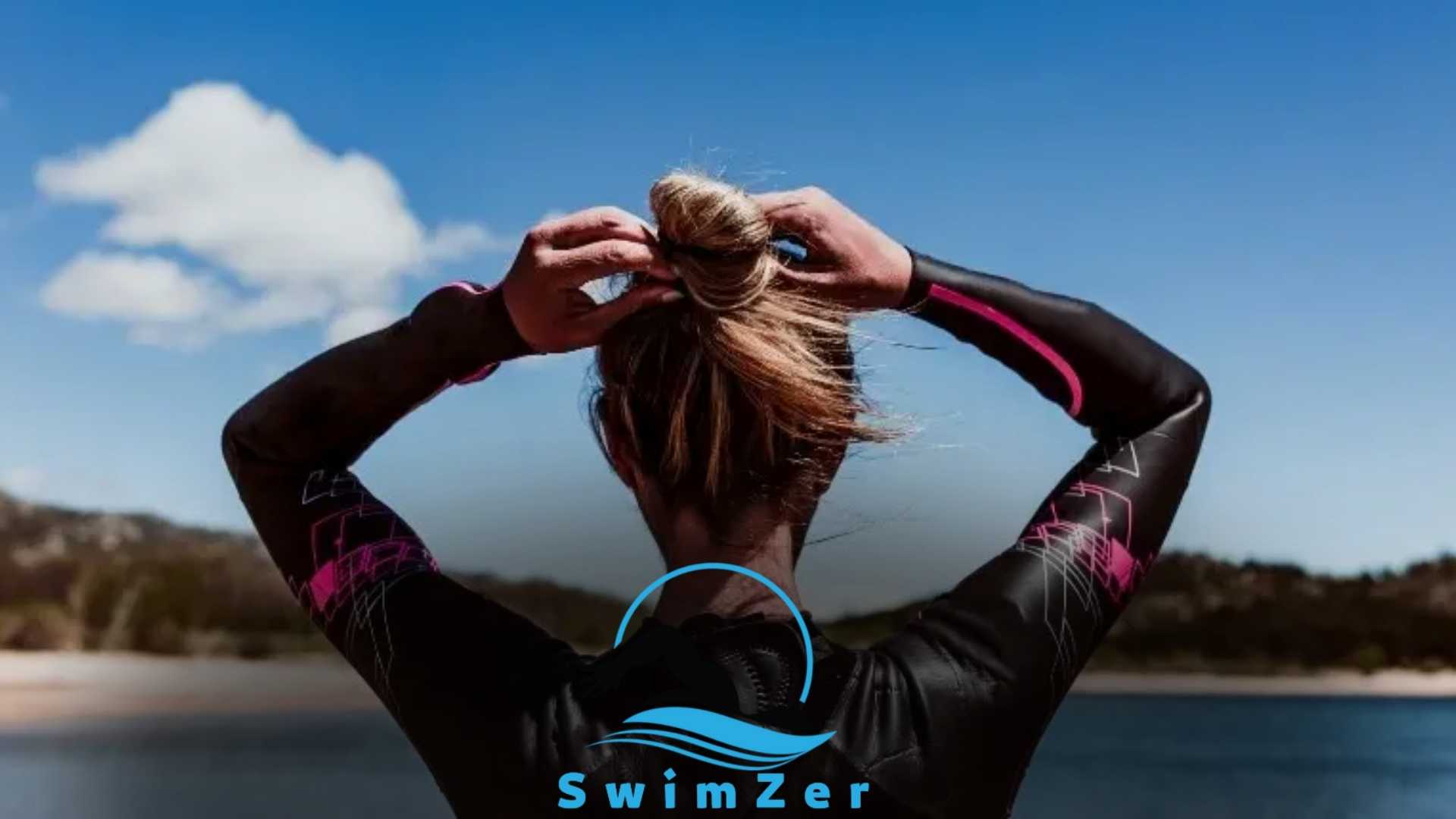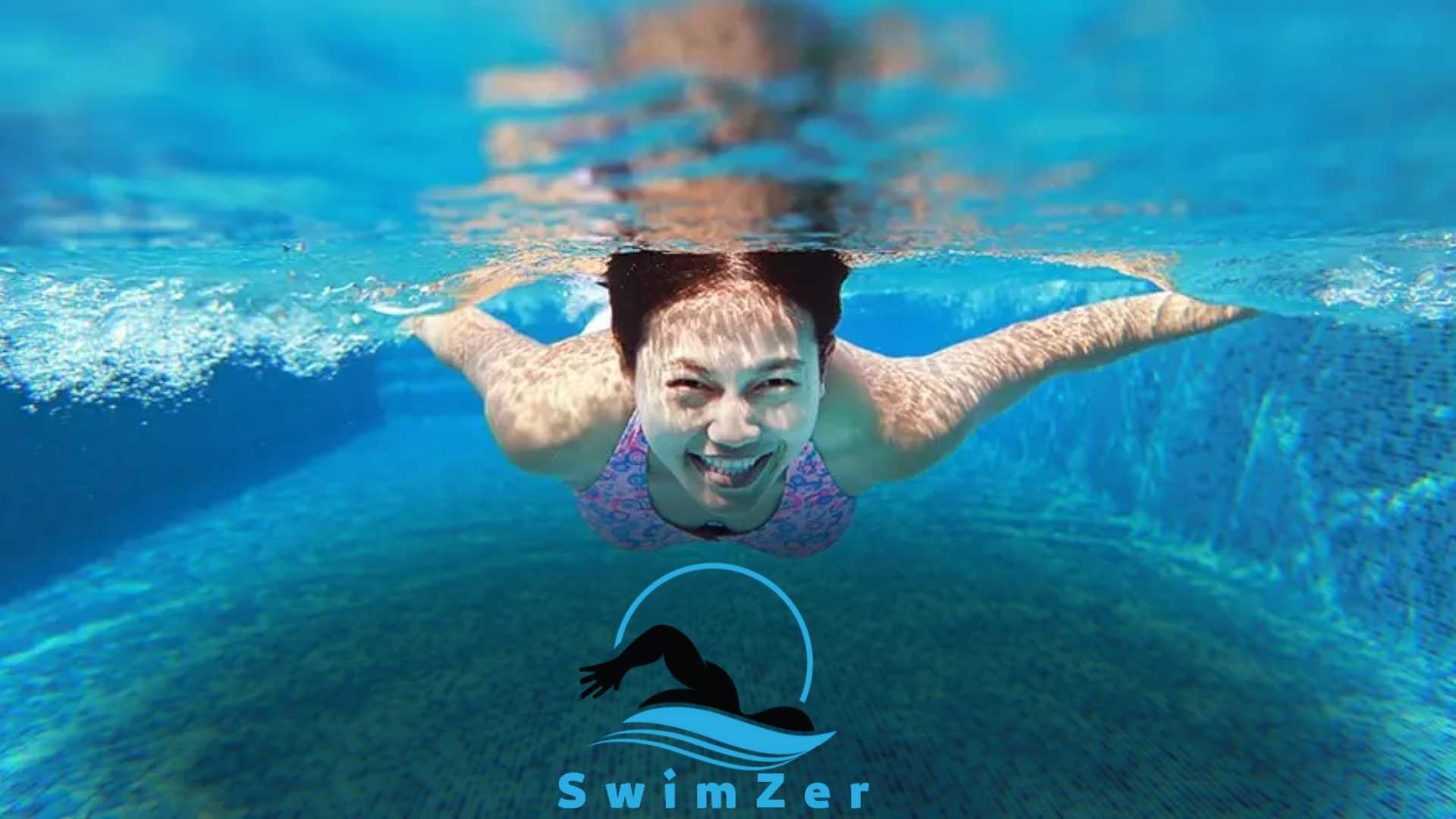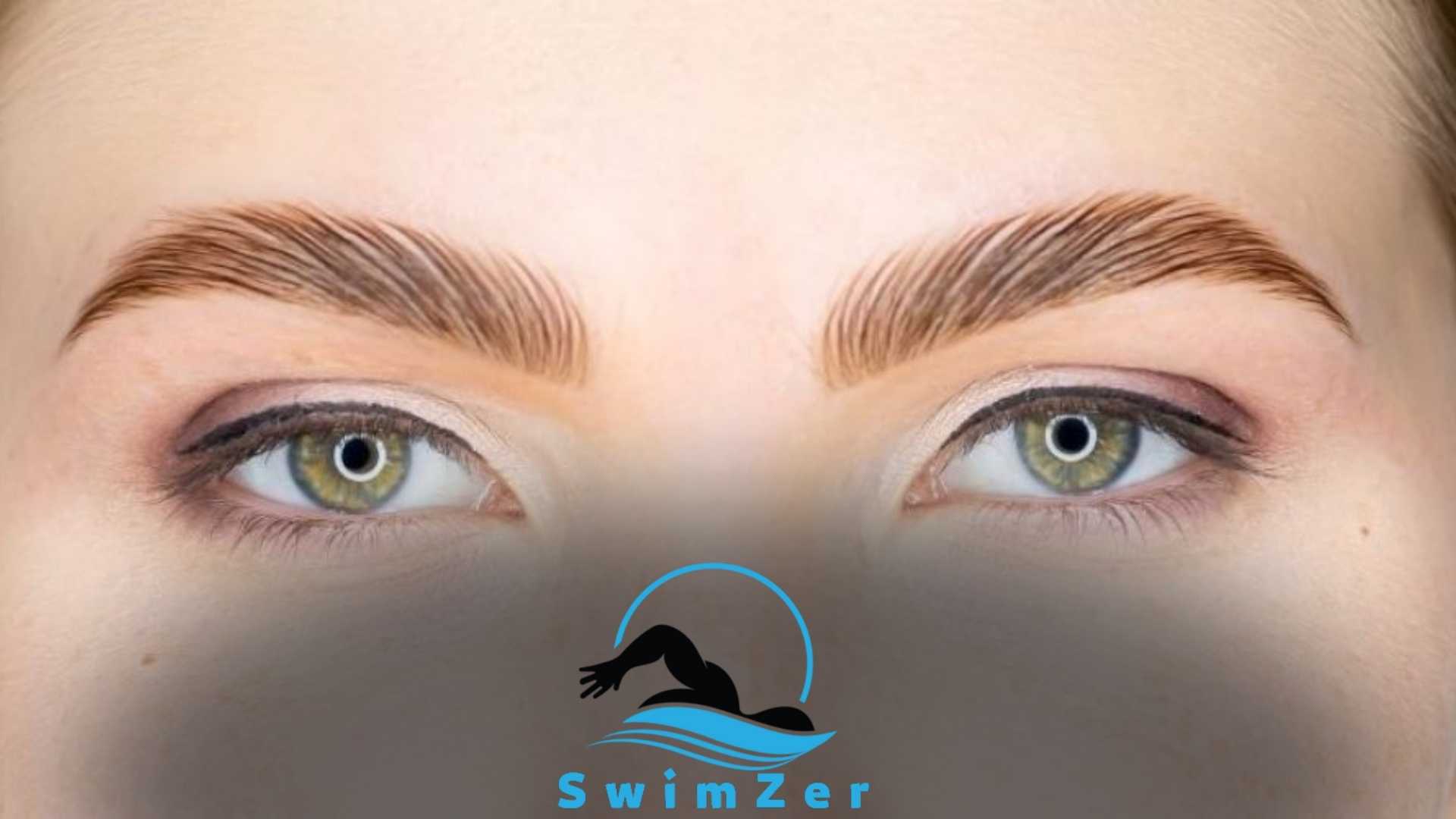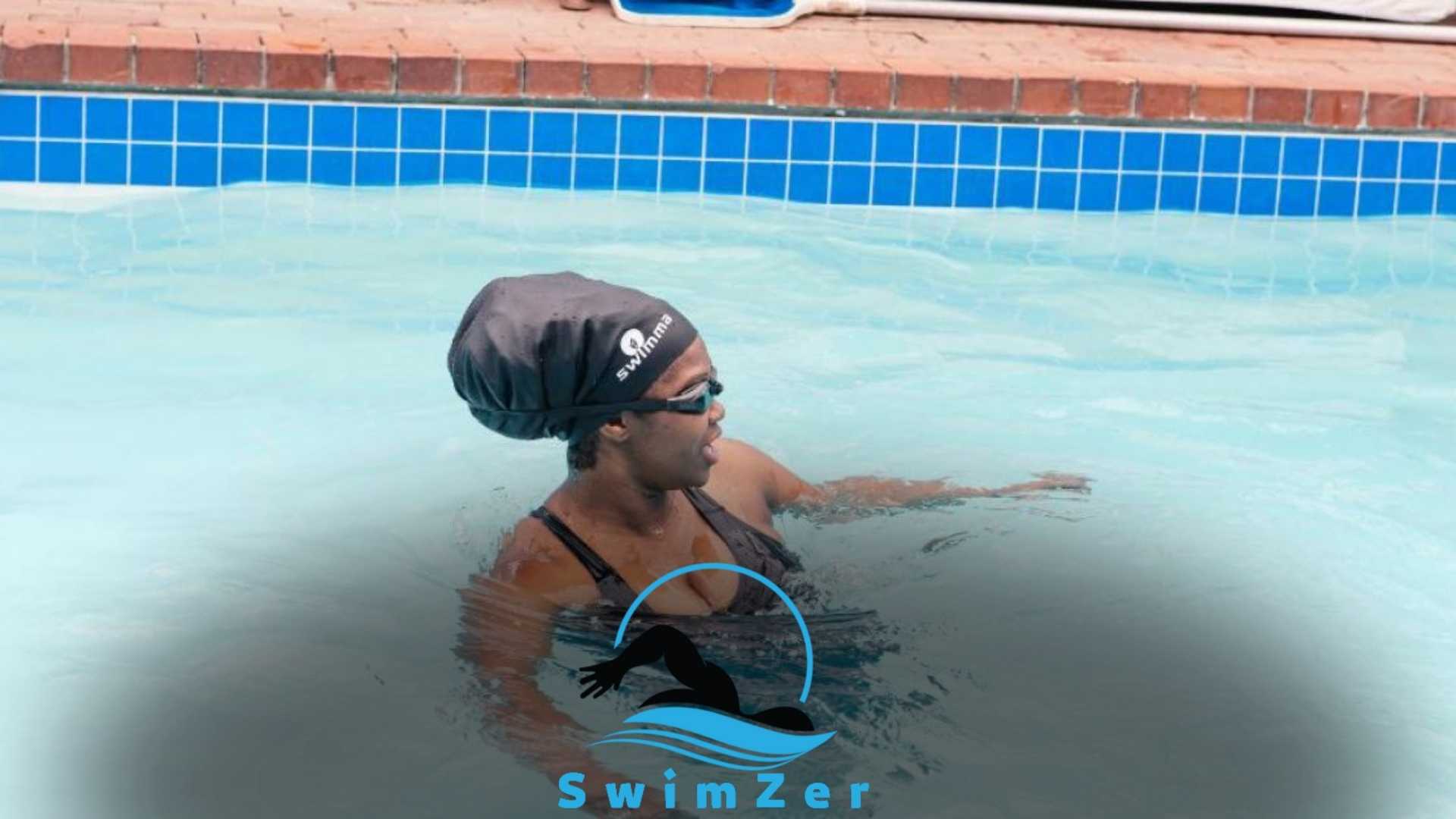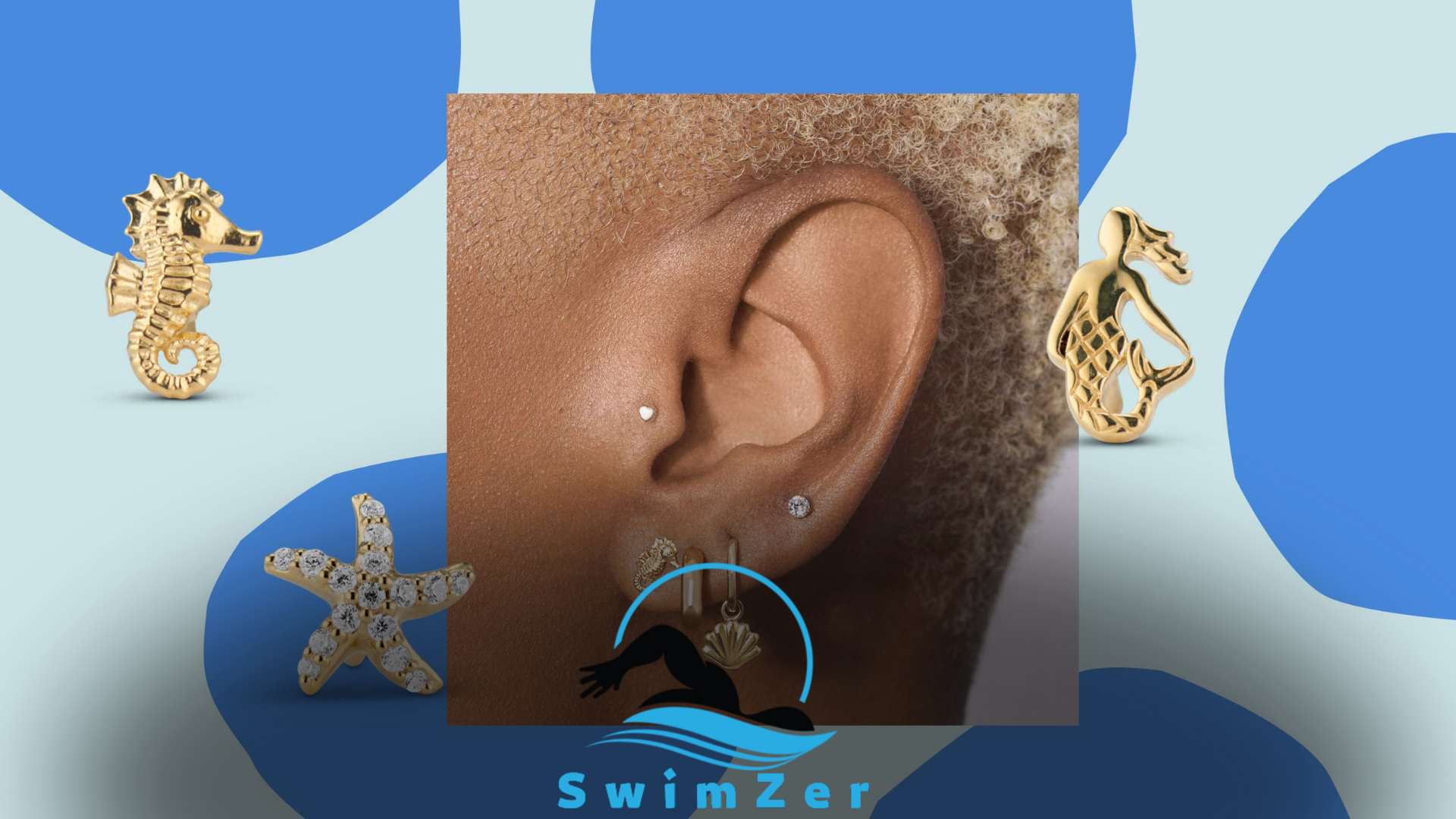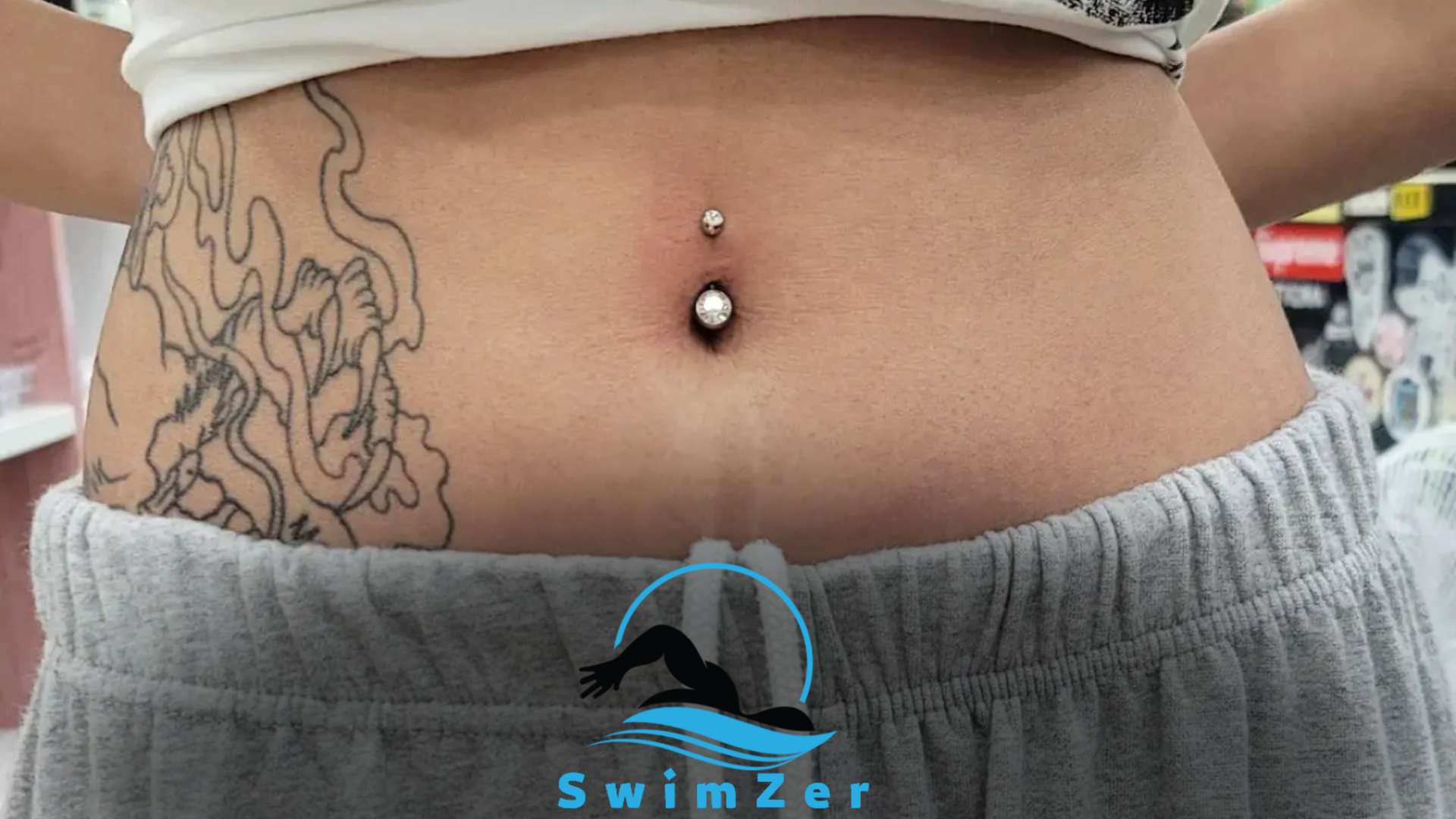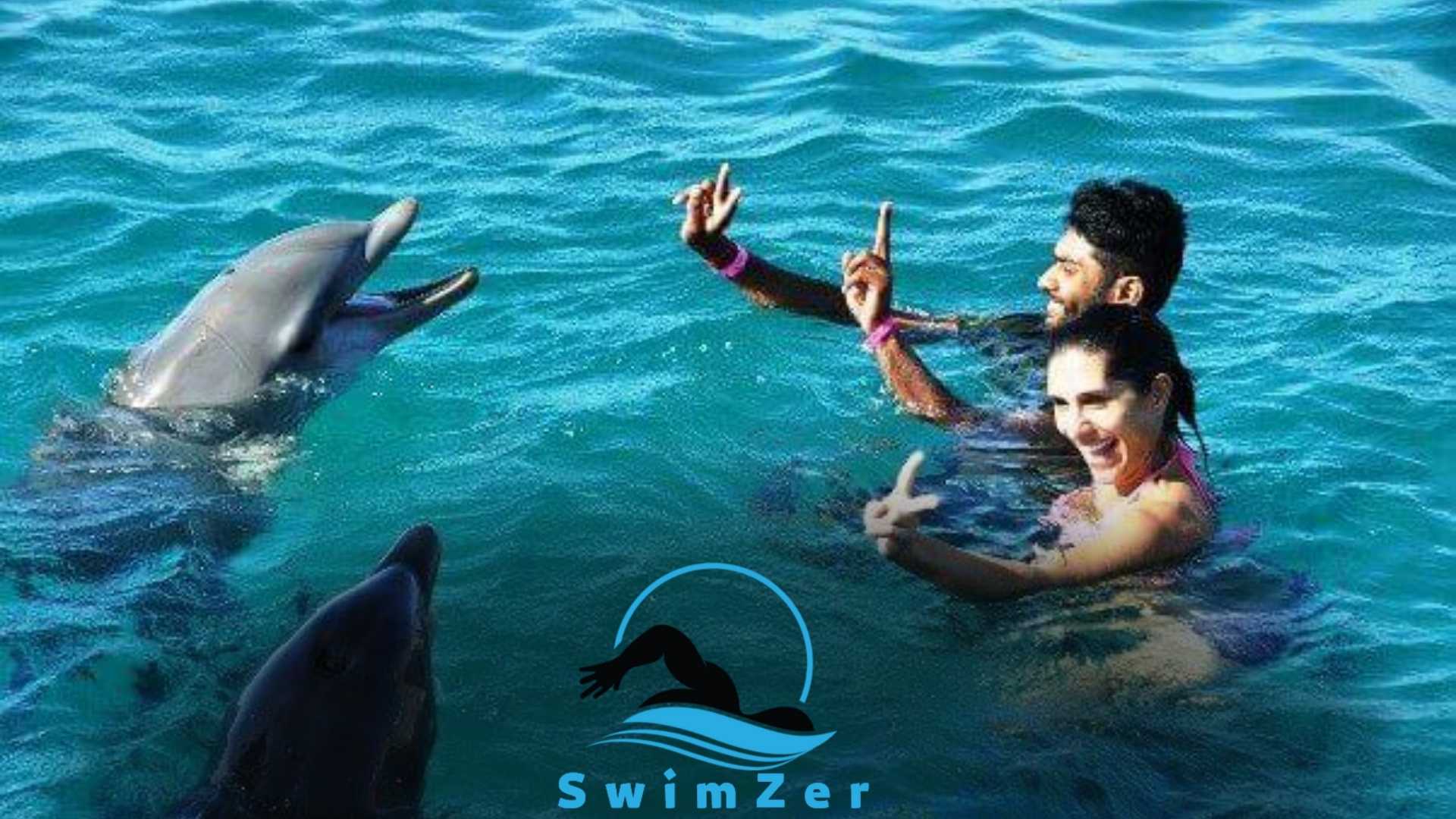Swimming with a staph infection is not recommended due to the risk of spreading the infection to others. A staph infection is a highly contagious bacterial infection that can be easily spread through direct skin contact or by sharing contaminated objects.
Staph infections can occur on any part of the body, characterized by redness, swelling, pain, and pus-filled blisters or sores.
Swimming with an open staph infection may allow the bacteria to spread to other swimmers or infect the pool’s water, increasing the risk of infection for others.
If you have a staph infection, it is recommended to avoid swimming until the infection has healed completely.
It’s also essential to practice good hygiene, avoid sharing personal items, and seek medical attention if symptoms worsen or new symptoms develop.
Understanding Staph Infection
Staph infection is caused by staphylococcus bacteria that live on the skin’s surface. It can spread from person to person by skin-to-skin contact and through contaminated objects.
Symptoms may include painful red bumps or boils, pus-filled blisters, and fever.
It is important to seek medical care if you suspect you may have a staph infection. Swimming in lakes or pools with a staph infection is not recommended because it can spread to others and worsen your own infection.
Treating the infection and avoiding swimming until it has fully healed is best. Understanding staph infections helps prevent their spread and promotes proper treatment.
Swimming with a staph infection poses its own set of challenges. Similarly, if you have an open wound, you must be aware of the guidelines for swimming with an open wound to prevent further complications.
Can You Swim With Staph Infection?
Swimming with a staph infection can be dangerous. Several risks are involved, ranging from spreading the infection to other swimmers to worsening your infection.
Before you consider swimming, it’s important to evaluate the severity of your infection. Factors such as the location of the infection, how long you’ve had it, and your overall health should be considered.
If you decide to swim with a staph infection, there are several precautions you can take to minimize the risk of further infection.
This includes avoiding sharing towels and equipment, showering before and after swimming, and covering the infected area.
While swimming with a staph infection is possible, it’s important to carefully consider the risks and take necessary precautions to prevent the infection from spreading.
Can Chlorine Kill Staph Infection?
Swimming is a great way to stay fit, but can you swim with a staph infection? It depends on the severity of the infection. Chlorine is known to kill staphylococcus bacteria, but its effectiveness varies on the type of bacteria.
Some types require longer exposure to chlorine, while some are resistant to it. Other recommended pool disinfectants include bromine, hydrogen peroxide, and iodine. It is always important to consult a doctor before swimming if you have an infection.
It is also essential to practice good hygiene and shower before and after swimming to prevent the spread of bacteria.
So, while swimming with a staph infection may be possible, it is important to take precautions to prevent the spreading of the bacteria and worsening the infection.
Different infections require varying levels of caution when swimming. If you’re dealing with a minor infection, learn about the considerations for swimming with a toe infection to ensure a safe experience.
Managing Staph Infection
Staphylococcus bacteria cause staph infection and can be contracted through skin-to-skin contact, cuts, or wounds. Treatment for staph infection usually involves antibiotics.
Prevention of its spread includes practicing good hygiene and avoiding sharing personal items.
First, strategies to avoid getting a staph infection involve maintaining a healthy immune system, keeping wounds clean and covered, and avoiding contact with infected individuals.
Swimming with staph infection is not recommended as it can potentially spread the bacteria to others. Following medical advice and taking necessary precautions to manage staph infection is important.
Swimming requires careful planning, whether it’s an infection or a medical device. For those with medical devices, understand the precautions for swimming with a Foley catheter to avoid any risks.
Frequently Asked Questions
Can You Swim With Staph Infection and Not Spread It?
Yes, you can swim with a staph infection, but be careful not to spread it to others. You should always cover the infected area and avoid sharing towels or touching other people while in the water.
Is Chlorine Enough to Kill Staph Bacteria in Swimming Pools?
Yes, chlorine effectively kills staph bacteria in swimming pools but requires the right pH and concentration levels. Use properly maintained swimming pools to reduce the risk of staph infection.
How Long Should You Wait to Swim After Treating Staph Infection?
It’s best to wait until the area is fully healed and the scab has fallen off before swimming after treating the staph infection. This can take up to 10 days, and until then, it’s best to avoid swimming to prevent further irritation.
Conclusion
After considering all factors, it is safe to say that swimming with a staph infection is not recommended. Contrary to popular belief, swimming can increase the risk of your staph infection spreading and causing even more damage.
The high levels of bacteria in public swimming areas and pools can increase the severity of your infection and prolong the healing process.
It is important to prioritize your health and seek professional medical advice before engaging in any activity that could further harm your body.
Though swimming is a fun and refreshing activity, following guidelines and ensuring that your health is not compromised is crucial.
Remember always to practice good hygiene habits and seek medical attention if necessary. Stay safe and healthy!

